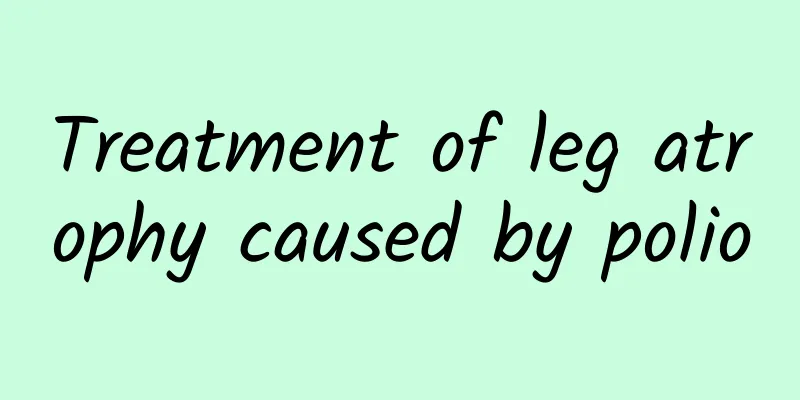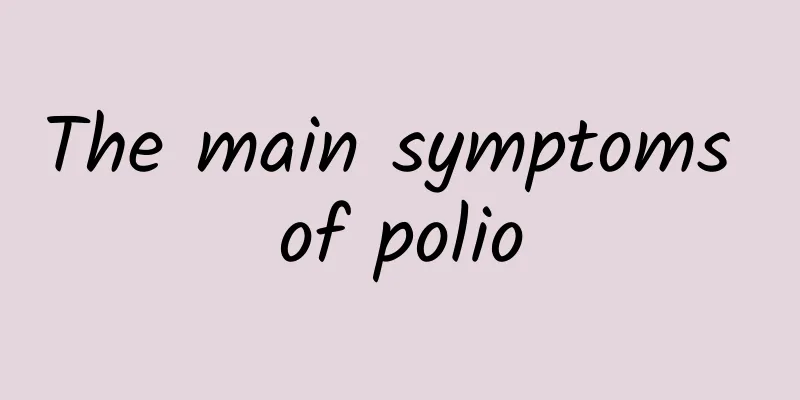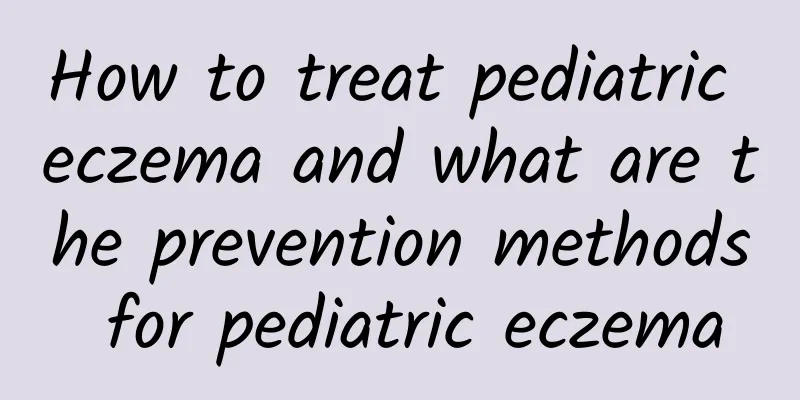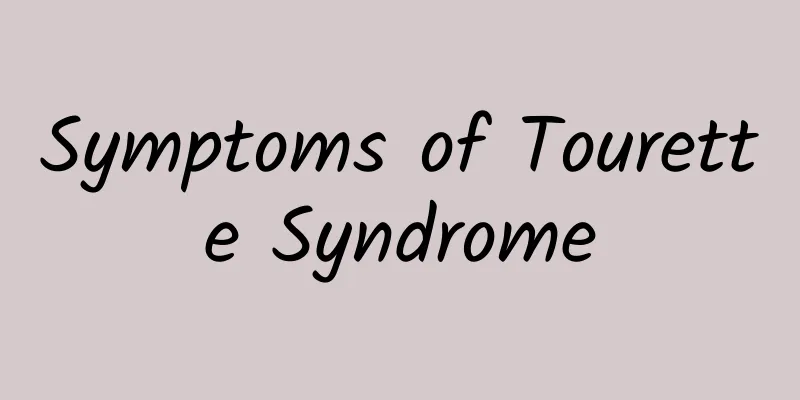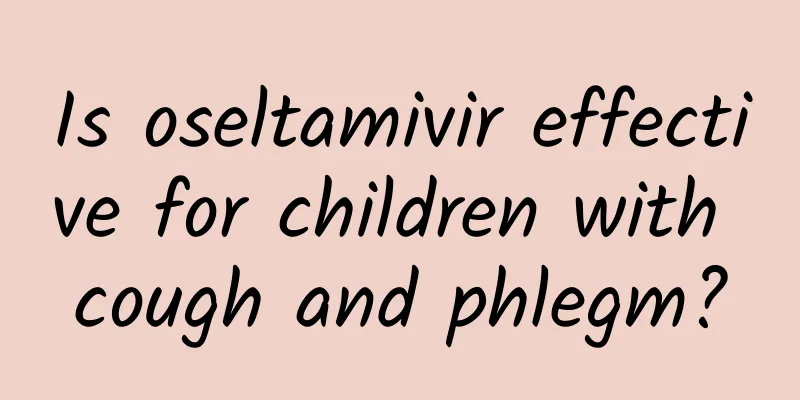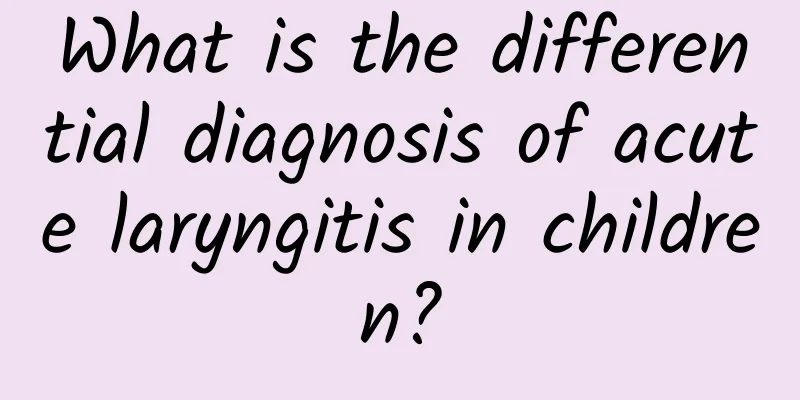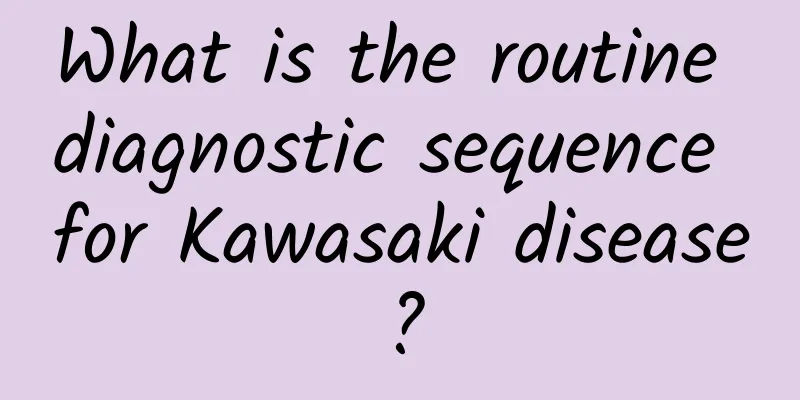What causes acute laryngitis in children?
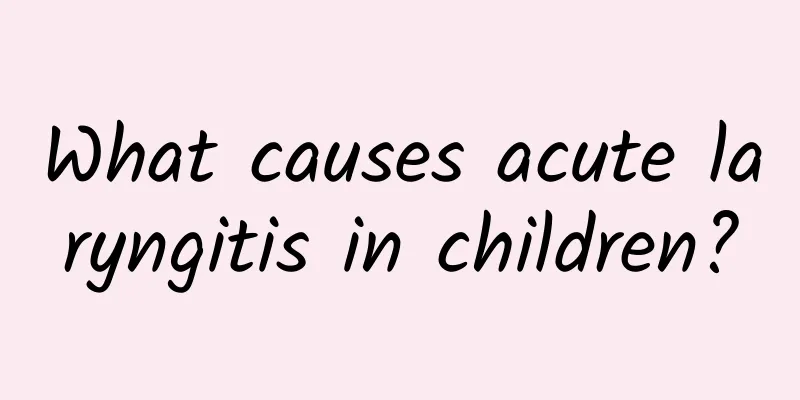
|
As soon as the weather turned cold, the child fell ill. After taking him to the hospital for a check-up, he was diagnosed with acute pediatric laryngitis. It's true that this disease is quite common in pediatrics, especially in children aged 6 months to 3 years. Why is this disease so common in pediatrics? Then we need to understand what may cause acute pediatric laryngitis. Acute laryngitis in children is common in infants and young children aged 6 months to 3 years. It is mostly caused by viruses or bacteria and is often secondary to upper respiratory tract infection. Due to the anatomical characteristics of the larynx in children, the laryngeal cavity is narrow, the laryngeal cartilage is soft, the submucosal tissue of the epiglottic cartilage, arytenoid cartilage, arytenoid epiglottic folds, ventricular bands and subglottic area is loose, and the mucosal lymphatic vessels are rich. After inflammation, it is easy to swell and cause laryngeal obstruction. Children do not have a strong cough function, and it is not easy to expel laryngeal and lower respiratory tract secretions, which makes breathing more difficult. Therefore, the condition of acute laryngitis in children is often more serious than that of adults. If not diagnosed and treated in time, it can be life-threatening. The cause is similar to that of adults, and it often occurs in combination with acute infectious diseases or upper respiratory tract infections. Acute laryngitis in children often develops rapidly and progresses rapidly. If it is not diagnosed and treated promptly and effectively, serious complications and sequelae may occur. Therefore, once you are sick, you should go to the hospital as soon as possible. The key to the treatment of acute laryngitis is to relieve laryngeal obstruction as soon as possible, use effective and sufficient antibiotics to control infection as early as possible, and give glucocorticoids to promote the disappearance of laryngeal edema. In addition, oxygen, spasmolysis, expectorant and other treatments should be strengthened, and the child's breathing should be closely observed. After active treatment, the symptoms have no significant improvement or further aggravation, resulting in severe breathing difficulties, and even respiratory and circulatory failure and death. For such critically ill children, monitoring and supportive therapy should be strengthened, and those with severe laryngeal obstruction should undergo tracheotomy in a timely manner. When children have acute laryngitis, parents must pay more attention to their diet, and give them less greasy, grilled and fried food, and give them light food. At the same time, during the cold epidemic, try to take children out as little as possible, and they must wear masks when going out. |
<<: What causes acute laryngitis in children?
>>: Causes of acute laryngitis in children
Recommend
What are the early signs of polio?
Polio is a very annoying disease because it can c...
Is high exchange transfusion dangerous for neonatal jaundice?
Neonatal jaundice usually refers to high levels o...
Do boys get ADHD?
ADHD, full name Attention Deficit Hyperactivity D...
What tests should be done for pneumonia in children
There are many diseases in life, so people need t...
What measures can be taken to prevent acute non-icteric hepatitis B?
What measures can be taken to prevent acute anict...
What causes jaundice in babies?
Infant jaundice is mostly caused by abnormal bili...
Are baby colds contagious? What are the ways in which baby colds are contagious?
Baby cold is a common disease in infants and youn...
Medication for herpetic pharyngitis and hand, foot and mouth disease in children
Herpetic pharyngitis and hand, foot and mouth dis...
How to prevent kidney disease in children
How to prevent kidney disease in children? The ha...
Can Children's Cold Relief Granules treat runny nose?
Xiaoer Ganmao Ling Granules can relieve runny nos...
Can jaundice hepatitis be cured?
Jaundice hepatitis can be cured, but the specific...
What is the reason for children's repeated coughing and sputum? There are 3 common causes of children's repeated coughing and sputum.
It is very common for children to have repeated c...
How to treat hemolytic jaundice in children
Treatments for hemolytic jaundice in children inc...
How to treat neonatal hemolytic jaundice
The treatment of neonatal hemolytic jaundice requ...
How to do primary prevention of Kawasaki disease
Kawasaki disease is a disease that appeared in Ja...
